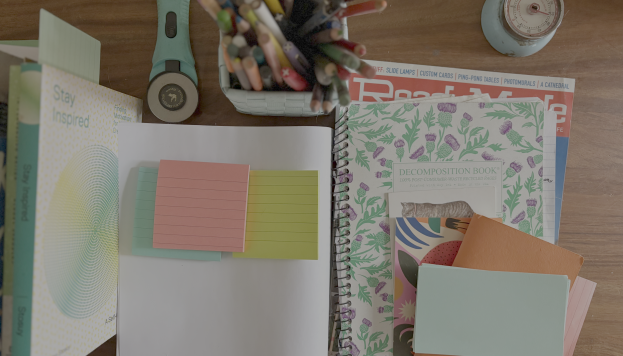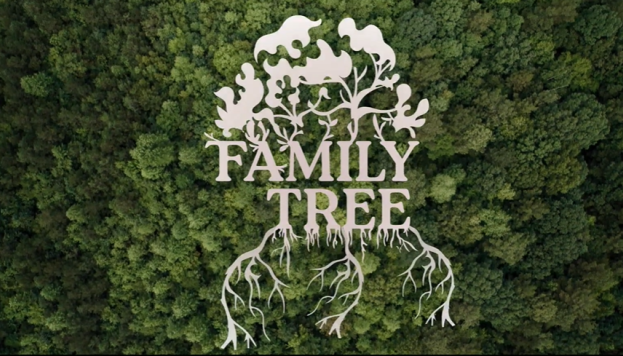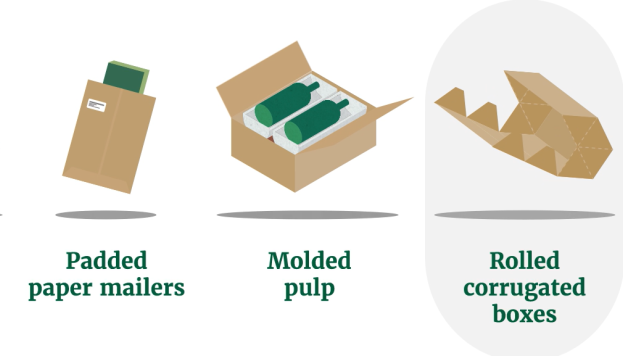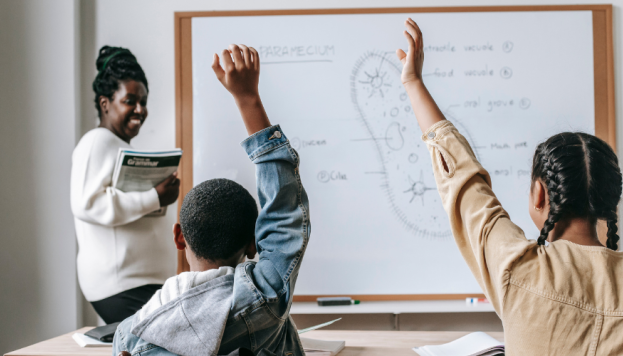Is a Digital Backlash Coming?
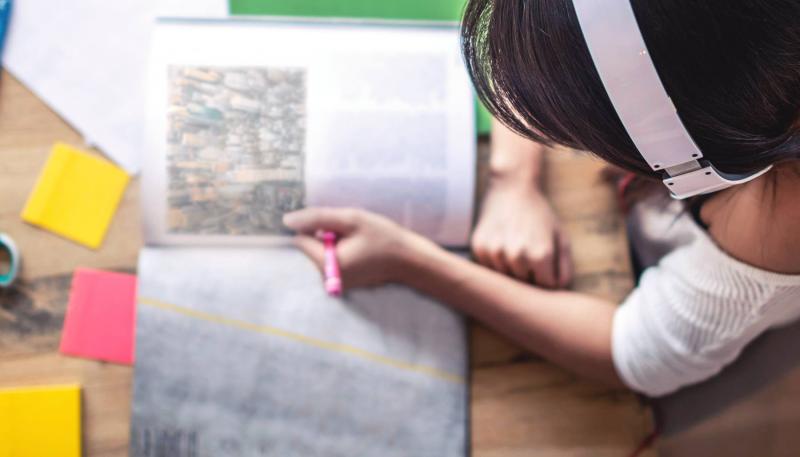
Have we reached a digital peak? Are we at the point where the digital tide has swept away all before it and can go no further? It feels that way when you look up from your phone in a crowded place and everyone else is looking down at theirs. And the growth of social media has decelerated mainly because there are fewer people left who aren’t on it. The promise of a connected world has become the reality of online shouting matches and hours of liking and following.
It seems significant that digital natives are among the most dissatisfied with digital media. A recent survey of 5,000 students in the UK found that slightly more than half said social media made them feel less confident about how they look or how interesting their life is. Even more said they had received abusive comments online, and nearly two thirds said they had taken temporary digital detoxes to escape social media.
And maybe even more significant, Silicon Valley insiders are increasingly reluctant to have their own children use digital media. A 2017 survey of more than 900 Silicon Valley parents found that many of them have serious concerns about tech's impact on kids' psychological and social development.
These parents are in good company. A year before his death, Steve Jobs told The New York Times that he prohibited his children from using the then newly-released iPad. "We limit how much technology our kids use at home," Jobs told reporter Nick Bilton. And last year, Job’s successor at Apple, Tim Cook, told The Guardian that while he didn’t have children of his own, he wouldn’t want his nephew using social media.
With all these warning signs flashing it’s interesting that Bill and Melinda Gates would still be touting the promise of electronic textbooks for young students in their 2019 annual letter. “Instead of just reading a chapter on solving equations,” they wrote, “you can look at the text online, watch a super-engaging video that shows you how it’s done, and play a game that reinforces the concepts.”
That sounds great and there’s certainly a place for eTextbooks in adaptive learning but are they really a substitute for words on paper? Not according to the students who have to use them. A Forbes article I read earlier this month about technology in the classroom captures some of the shortfalls of digital. “Please, no more online homework,” says one student. Why? Because the digital books lacked the tactile experience of paper and the scrolling from page to page interrupted the students’ learning process.
It’s now well known that paper has some important advantages over pixels. Writing on paper helps with long-term comprehension and reading long passages on screens is more difficult than reading the same words on paper. Tim Cook in that same The Guardian interview went on to say, “There are still concepts that you want to talk about and understand. In a course on literature, do I think you should use technology a lot? Probably not.”
So, does that mean there’s no place for digital in the classroom? No. Students need both the immediacy of digital and the tactile of paper to get the most from their learning experience.
But if you had to choose just one, there’s still no substitute for paper.
